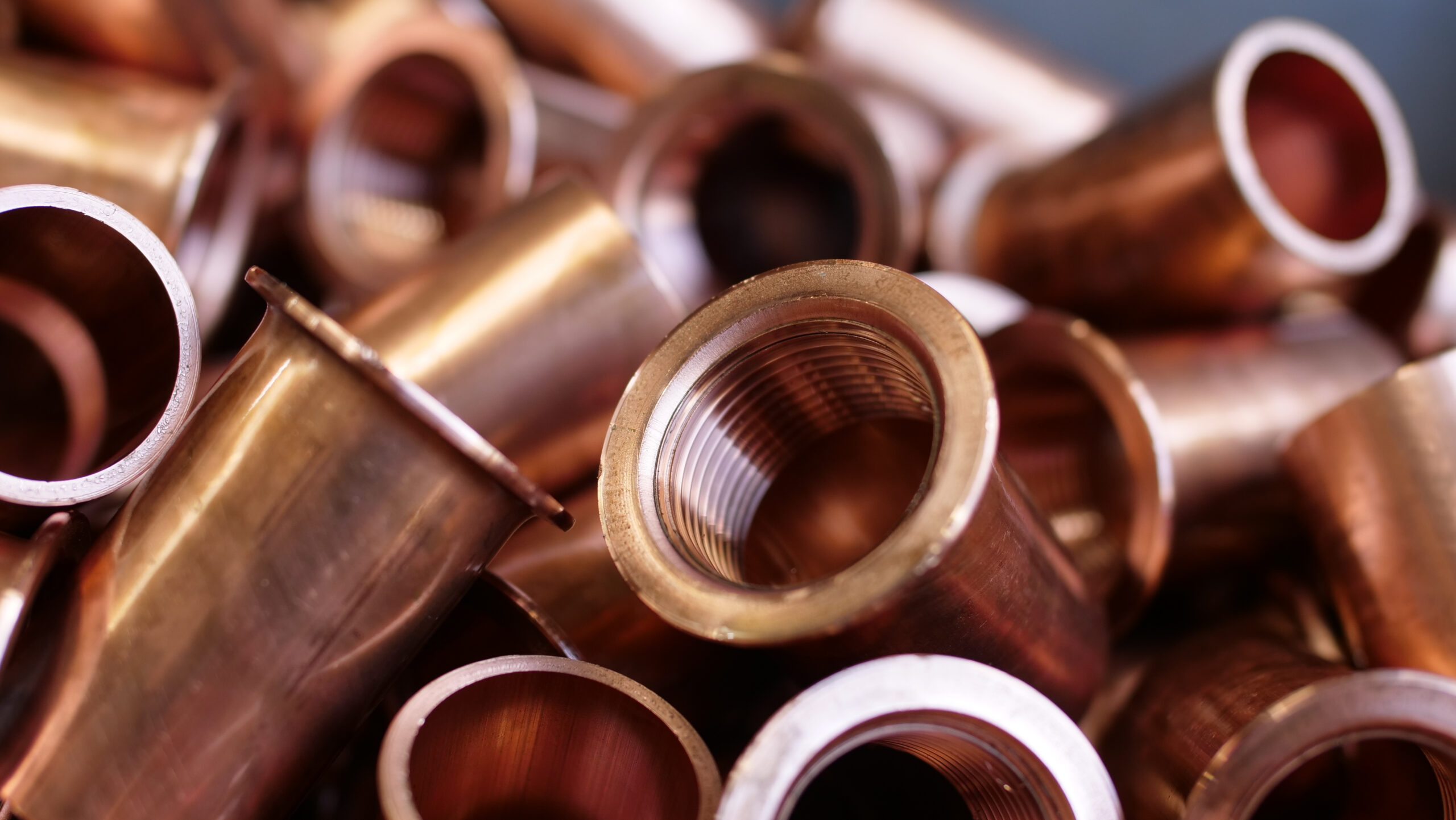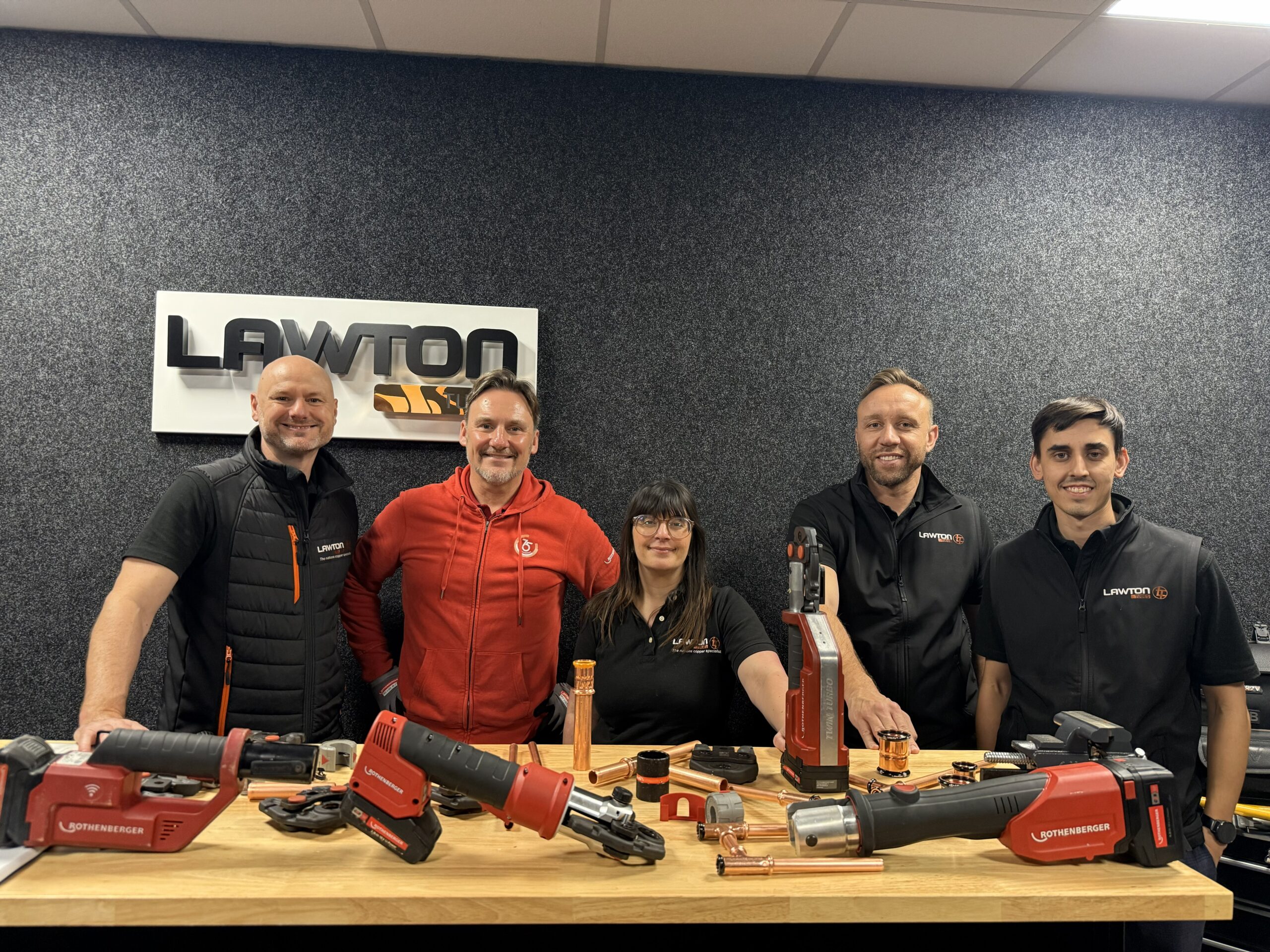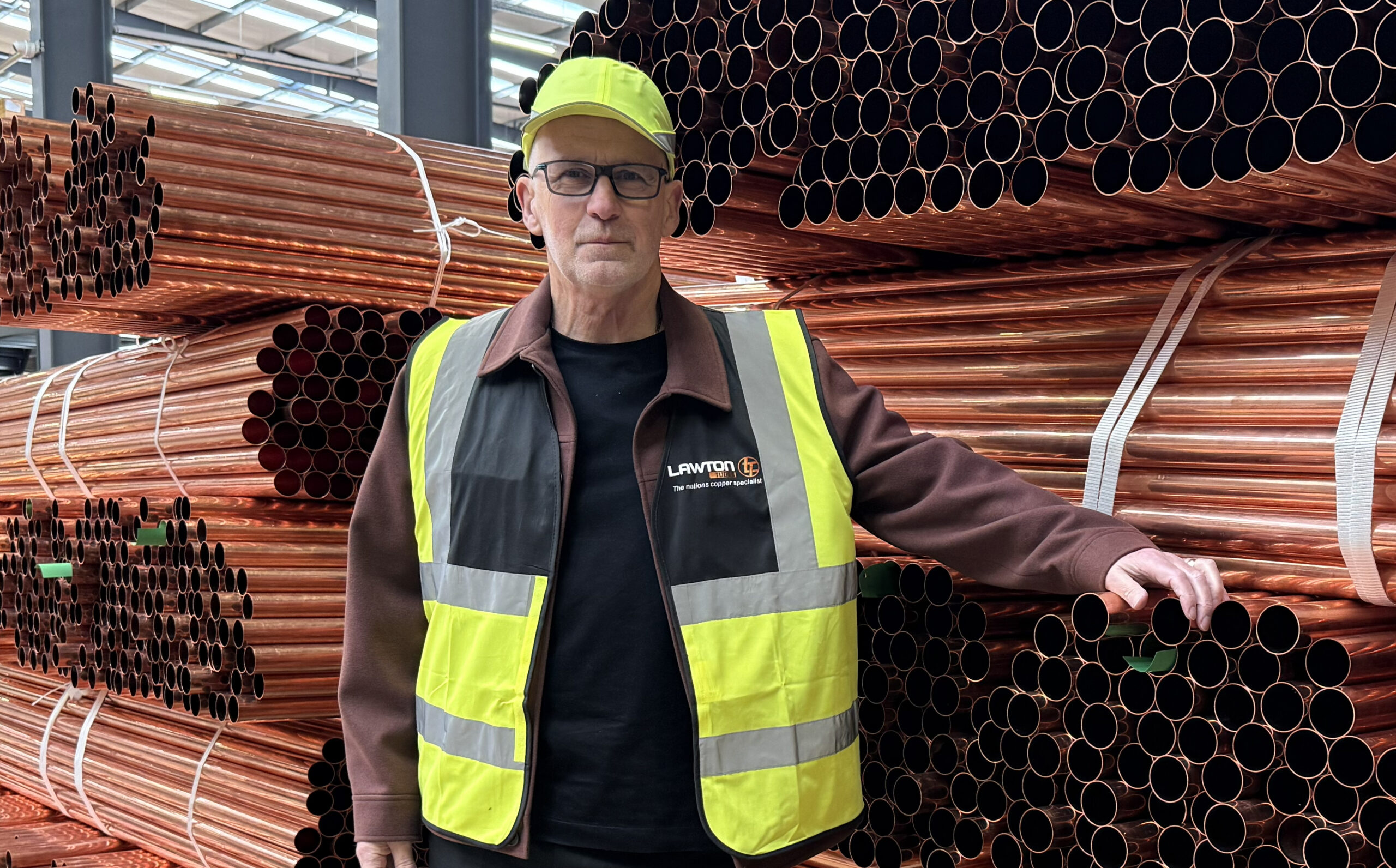
The UK domestic market has always had a unique perspective for hot water and central heating systems.
Up until around 40 years ago, UK central heating and hot water supply usually consisted of a copper hot water cylinder that was heated by a gas or oil-fired boiler. An alternative method was to heat the water in the cylinder by way of an immersion-type electric heater.
These ‘vented’ cylinders were open to the atmosphere. The water was gravity fed into the base of the cylinder from a cold-water storage tank, which was typically housed in the loft space. This arrangement provided the necessary pressure to push the cold water into the bottom of the cylinder, which in turn pushed the hot water out of the top of the cylinder to the various hot water taps around the house.
In a vented system, the cylinder is considered low pressure. The pressure available at the hot tap is directly related to how high the cold-water tank is positioned above the cylinder. Vented designs are a naturally ‘safe’ system. They allow the water to expand and boil if a thermostat fails to control the max temperature. This would otherwise cause a build-up of steam and pose a risk of the system exploding if it could not be vented.
Vented systems have two main drawbacks:
- It is often difficult to get good flow and pressure from the hot taps.
- Installations can be difficult to achieve if there is insufficient space for the cold water ‘header’ tank; the tank’s location can also make maintenance awkward.
In answer to these issues, the unvented mains pressure system was developed in the 1980s. It allowed the incoming cold water to feed directly off the mains and in turn push the hot water out at the same rate. This greatly increased the pressure of hot water taps and enabled high-powered thermostatic showers to run much more effectively.
Another key benefit was that the boiler and the cylinder could now be installed side by side on a ground floor, negating the need for a cold feed header tank in the loft.
By their nature, the operating pressure of an unvented system is far greater than a vented system, and as such, the cylinder is subject to far greater forces. This means the cylinders used for unvented systems have to be of a stronger design with additional safety features to prevent pressures becoming dangerously high within the sealed tank.
Copper vs Stainless Steel
While copper has many excellent properties that make it ideal for use in plumbing and heating, including its ductility, corrosion resistance, and malleability, it does not possess great tensile strength. This means a thicker gauge material is required when manufacturing copper cylinders for use in unvented systems – and this of course increases production and retail costs.
Stainless steel presented a natural, more affordable option than copper as by comparison it has very high tensile strength and is considerably more cost-effective as it can be used in a thinner gauge.
The result has been a typical split where copper is used for vented cylinders and stainless steel is used for unvented mains pressure systems, although cylinder manufacturers are now producing vented cylinders in stainless steel.
To meet our customers’ broad range of requirements, Wardtec manufactures and supplies specialist water fittings for both stainless-steel and copper hot water cylinders in very short lead times. In fact, we’re the UK’s only copper cylinder fittings manufacturer. All our fittings are produced using the latest CNC technology and in accordance with the relevant BS & ISO standards.
When it comes to choosing a hot water storage cylinder, however, there are a number of considerations that set copper and stainless-steel apart. Knowing these will help you decide which material is best suited for your application. Let’s look at them now:
| PROPERTY | COPPER | STAINLESS STEEL |
| Efficiency | One of the most efficient materials in the world for conducting heat, with a thermal conductivity of 401 W/mK, making it ideal for use in energy-efficient hot water storage applications such as Solar Thermal Panels and Heat Pumps. | Thermal conductivity of just 14W/mK. It is much less efficient at storing and conducting heat than copper. Stainless steel cylinders require more energy input to keep water warm – can be more costly to run. |
| Malleability | Relatively easy metal to work with. Can be bent and shaped to serve various purposes without compromising its integrity. Its uniform heat-transfer properties make it easy to solder and form sound joins for use in plumbing. | Harder to work with than copper. Is less flexible and cannot be soldered. Instead, it is TIG welded or laser welded. |
| Fabrication | Can be fabricated in a low-tech way with minimal capital investment; it copes well with wide tolerances during fabrication. | Large capital investment required for tooling and fabrication equipment means it’s awkward to make single ‘specials’ out of stainless steel. Machining it causes high tool wear. Its greater elasticity when compared to copper (especially Duplex grades) is also a consideration. |
| Durability | Ability to withstand environmental changes, fluctuating temperatures, and surface damage without compromising integrity makes it inherently durable. | Harder metal than copper. Its robustness makes it better suited to withstanding external damage and high pressures. |
| Corrosion resistance | Can withstand long-term exposure to water without the need for additional processes. Best suited for use in soft water areas to prolong its lifespan. | Offers slightly better levels of corrosion resistance than copper. It is ideal for use in hard water areas where the mineral content of the water is high. |
| Longevity | A domestic copper hot water cylinder should last around 20 years, though it is not unheard of for them to last up to 50 years, particularly if they’ve been installed correctly using the right high-quality fixtures and fittings and are well maintained. | Stainless steel hot water cylinders can be expected to last between 20-40 years depending on how well they are maintained. The use of specialist stainless-steel fittings can help to extend the lifespan of stainless-steel cylinders and prevent leaks developing in these potential weak spots over time. |
| Resistance to pressure | Less able to withstand high pressures when compared to stainless steel. This can be overcome in heating and hot water systems by using a thicker grade material, although this greatly increases production and retail costs. | Stainless steel, particularly Duplex grade, is remarkably strong – around 2.5 times stronger than copper. Even thin material can withstand consistently high pressure – ideally suited for mains pressure systems. |
| Affordability | More expensive commodity than stainless steel, making copper hot water cylinders a more substantial upfront investment. | More affordable option than copper, but greater processing and manufacturing costs. The cylinder needs to be chemically treated with acid solution to prevent ‘crevice corrosion’. |
| Safety | Has inherent antimicrobial properties. Contact with copper will eradicate 99% of bacteria within five hours. It also prevents the spread of waterborne diseases including E-Coli and Legionella making it perfectly suited for use in homes with babies, older people, or immunocompromised residents. | Stainless steel is perfectly safe for use in bathrooms and kitchens, although it takes longer for bacteria to leave stainless steel surfaces. |
| Recyclability | Copper is 100% recyclable. It can be used and reused again and again without compromising its integrity. Scrap material also retains its value. Wardtec is the UK’s only copper cylinder fittings manufacturer, and all our fittings are made using 100% recyclable copper. | Possible to recycle stainless steel; this involves separating the alloy into its key elements, which is a lengthy and less cost-effective process. It has significantly lower scrap return value as a percentage compared to copper. |
Both copper and stainless-steel hot water cylinders have their benefits; the choice of material will ultimately be down to environmental factors, customer requirements and system design.
Whichever material you choose to use, however, the importance of using appropriate, high-quality fixtures and fittings is paramount. A hot water cylinder represents a substantial investment for your customer; why compromise its lifespan, the system’s integrity, and yours with poor quality fittings?
Wardtec specialises in manufacturing and supplying superior fixtures and fittings for the water storage market. With over 40 years partnering with the very best in the industry, our BS & ISO standard copper and stainless-steel hot water cylinder fittings are available as standard or custom orders on tight turnarounds. Our components provide easy-to-use connections between pipes and storage vessels that inspire confidence in your installation, whether you’re using a copper or stainless-steel cylinder.
Find out more about our specialist hot water cylinder products here.



